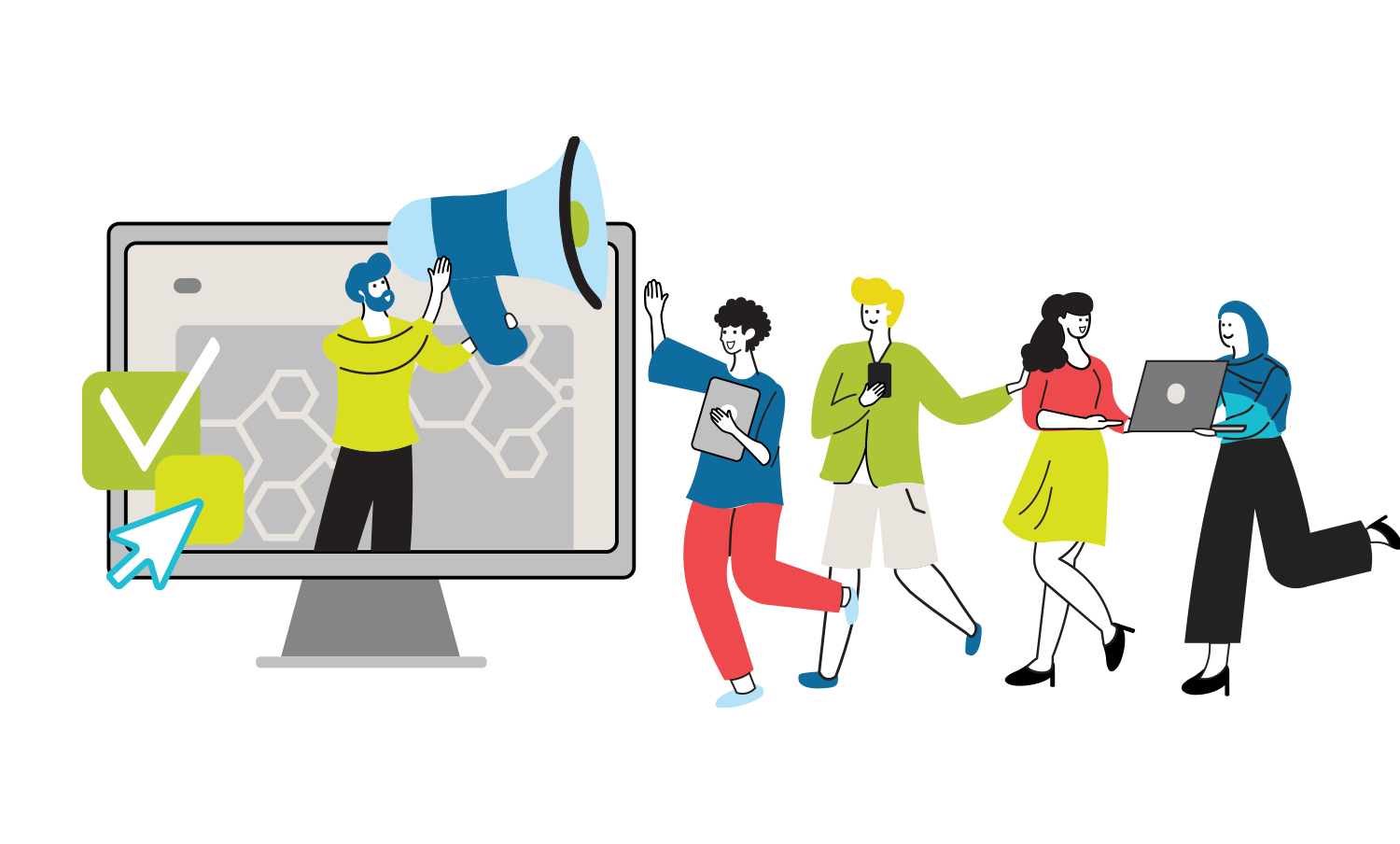Introduction
Many leaders have heard time and again how data can transform their organizations. But when they look around they might see investment in data collection and storage, a lot of data being collected, but they question whether transformation is occurring. For many organizations, how they make their data actionable comes down to their culture, how they make decisions, and the role evidence plays in their work.
In this Guide
- A look at how to create a culture of evidence, the importance of continuous improvement frameworks, and ways of making data more accessible.
- Ways to help your organization create value from the raw resource of data.
Culture Wins
When talking with leaders who are struggling to drive transformation with data, I always begin by asking about their culture. If your organization has a culture that doesn’t value evidence when making decisions, doesn’t ask to see the data, or isn’t a place where data is everyone’s responsibility, you are going to struggle to drive transformation from data.
Check-out these resources to learn more about creating a culture of data in your organization.
Making Data Accessible
The first step in making data actionable is ensuring that people within your organization are able to consume data. When it comes to data consumption there is a difference between availability and accessibility. Data might be available but if your staff does not have the skills to access and analyze it, or if it is available only in static reports or pivot tables, it is not truly accessible. Data is accessible when people are able to consume and make decisions with relevant data.
Check out these resources to learn more about driving data accessibility at your organization.
Continuous Improvement Frameworks
There is truth in the idea that data can be used to prove and improve. Often in the nonprofit sector, the focus has been on proof. The field of impact evaluation has been rooted in the use of data to provide evidence of causality, that a particular program caused a particular outcome to occur. This is an important area of research, and it is good we have developed such deep practices to understand what is and what is not working in the sector.
But that focus on causality has led to a lack of investment in continuous improvement methodologies being deployed by nonprofits. For many organizations, the best next step for them on their data maturity journey is to focus on continuous improvement practices.
Check out these resources to start building continuous improvement into your organization’s data strategy:
Conclusion
The resources above will help you make your data actionable in your organization. We also suggest reaching out to peer organizations, whose challenges and learning may provide direct and current examples of ways forward. Please feel free to suggest any other guides you found helpful by contacting us and we may incorporate them.
Join Our Community
Make connections with other social impact organizations and receive a curated listing of community and data.org events and opportunities.
By submitting your information and clicking “Submit”, you agree to the data.org Privacy Policy and Terms and Conditions, and to receive email communications from data.org.
Related Content
Many parts of the world cannot access—or benefit from—lifechanging, technological advancements. A recent data.org event uncovered ways to address those access gaps. Now it’s up to the sector to respond. Read more
